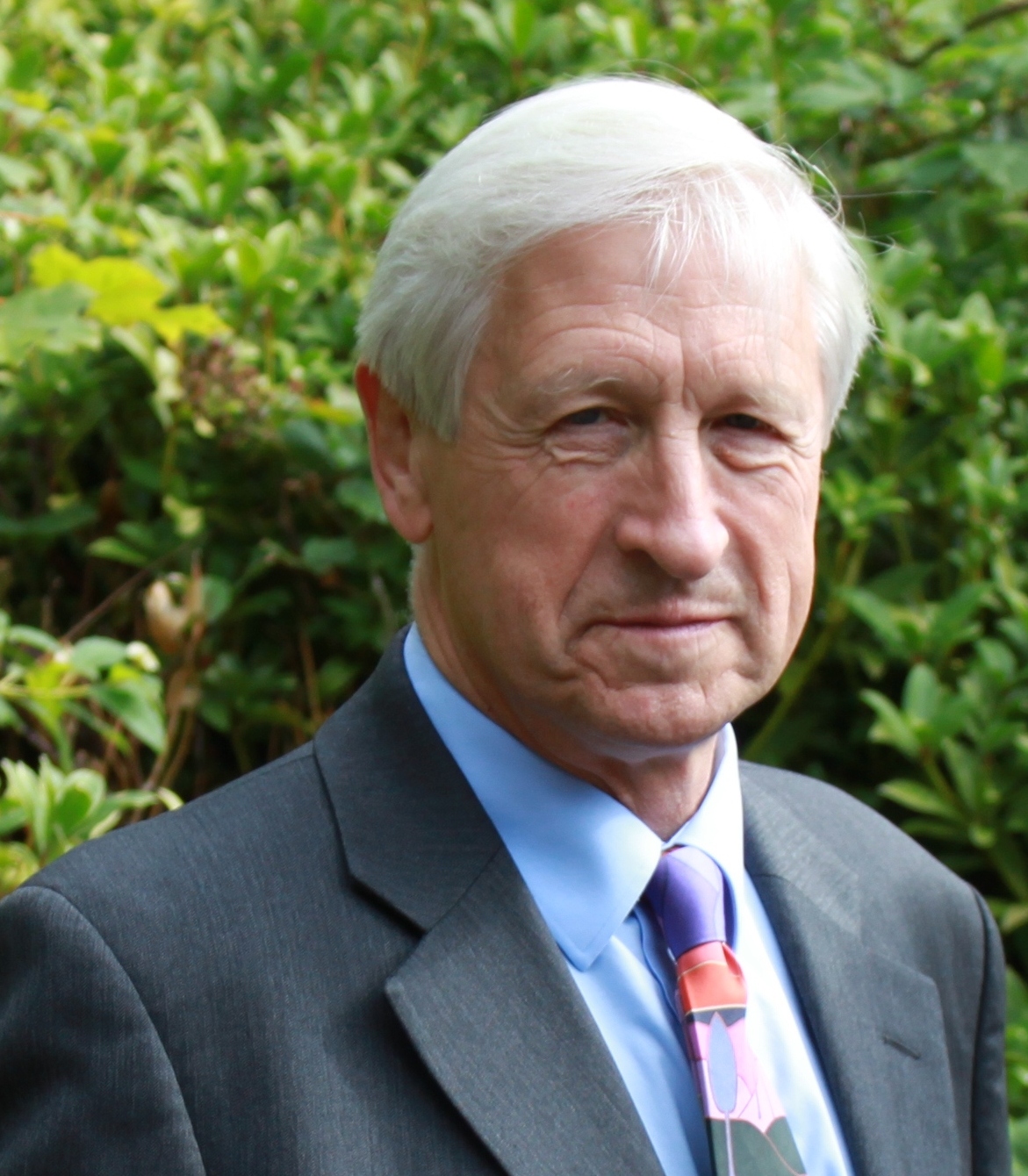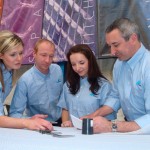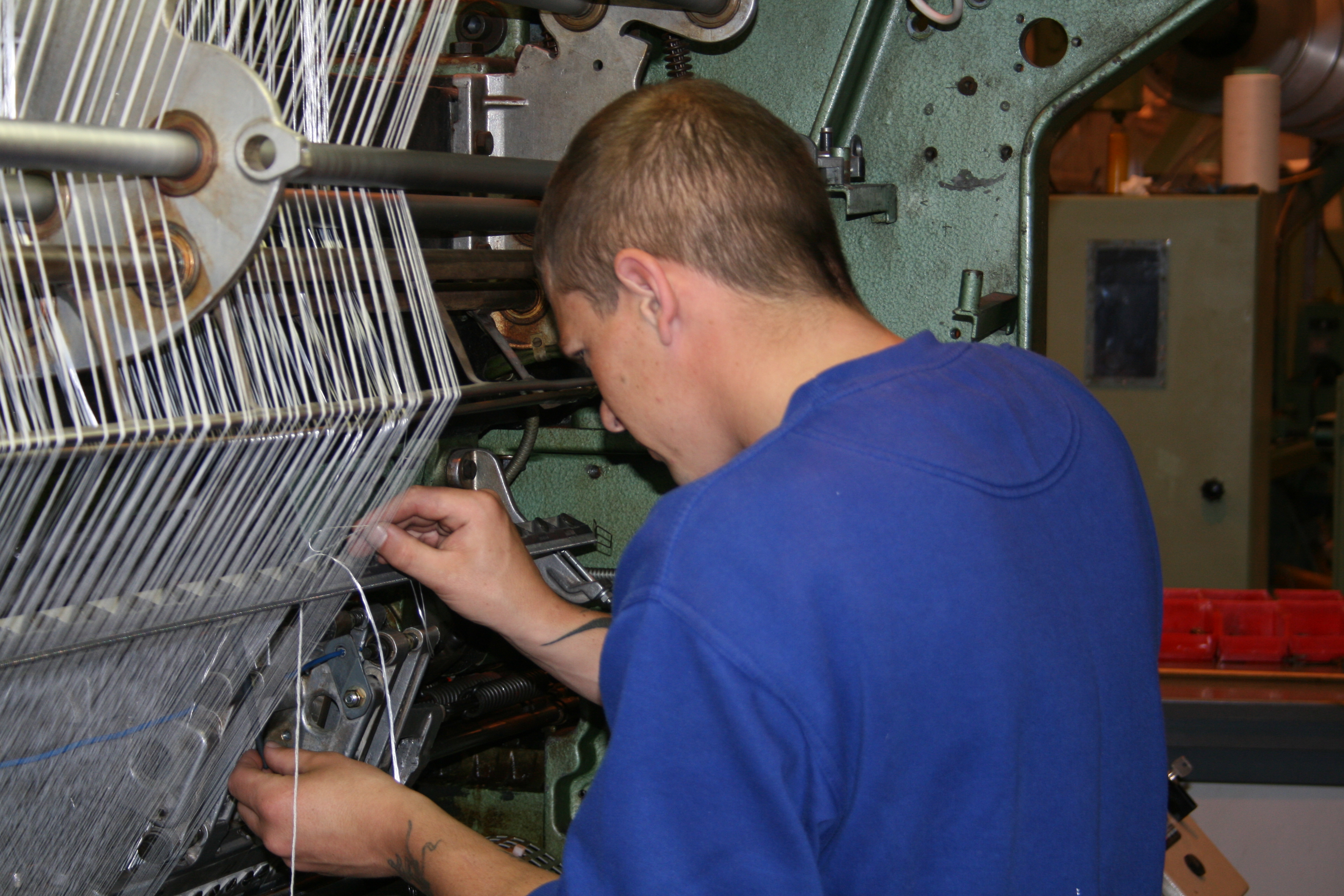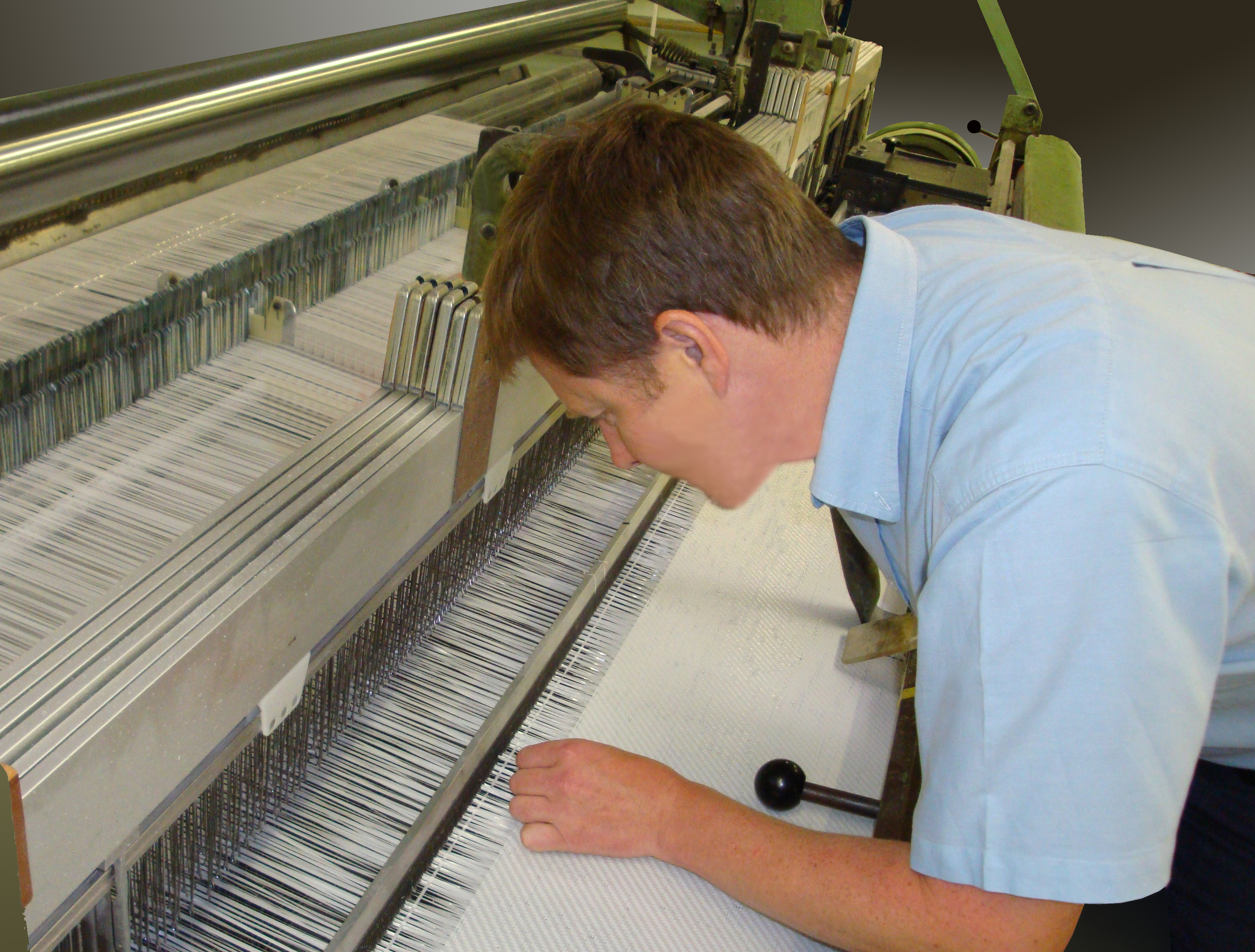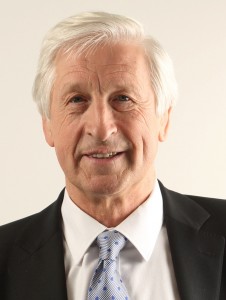 In 2012, industrial textile manufacturer Scott & Fyfe – a fourth-generation family business – made the transition to employee ownership (EO).
In 2012, industrial textile manufacturer Scott & Fyfe – a fourth-generation family business – made the transition to employee ownership (EO).
Non executive chairman Professor Nick Kuenssberg explains how lessons learnt in Germany, Peru, Chile and the UK led to the introduction of EO to the family behind the Tayport-based firm.
Germany, 1967
- Representation and trust are paramount
- Social welfare is necessary in the wake of mass redundancies

I helped with the restructuring plans of a Hamburg manufacturer. Its acquisition proved to have been a major strategic mistake (the first bank con that I came across) and the textbook solution was to transfer the rump of the business elsewhere and close down the balance.
What struck me forcibly was that it proved possible to close it in an orderly way without headlines or hysteria – not only was there a social welfare plan for those made redundant but there was union representation on the supervisory board which meant that the employees believed the management story.
Peru, 1971
- The profit motive is critical if investment is to prosper
- Expectations for EO must be managed realistically and sympathetically
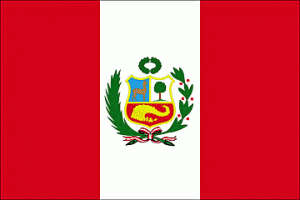
The left-wing military government introduced the concept of an industrial community, a form of co-operative within each industrial company, which gained ownership up to 50 per cent of equity through the allocation of 15 per cent of annual pre-tax profit. The greater the profit, the faster the original shareholders were diluted, undermining the normally acknowledged capitalistic profit motive. Incidentally, there was also a profit share to be distributed on a per head basis.
This novel regime undermined the industrial sector within a few years because the profit motive was eliminated – investment dried up and any actual investment made saw surcharges on imports deposited outside the country – and the trade unions which dominated the industrial community board also had representation on company boards.
There were ways round this to be exploited involving transfer of profits but these routes di little to promote industrial development generically.
Chile, 1974
- The rigid communist state planning controlled price model does not work

In the post-Allende era, I worked to recover a company that had been sold to the Chilean Government (but never paid for). The company was comprehensively bust and 23 per cent inflation per month made normal life difficult.
Real demand collapsed and government price control meant not only that costs could not be recovered, but that the product was resold at a black market premium. Staffing was excessive and there was no cash to cover the payroll – other than via a government bank that charged interest at inflation plus.
Radical restructuring was necessary to recover the situation and price freedom was vital to make this possible.
Since then both economies have recovered and flourished under the Chicago School of Economics model with open frontiers, low duties, realistic exchange rate and promotion of investment and exports.
UK, 1975
- The relevant parties did not listen to each other
- Determined people will beat most governance systems unless board, management and employees are working to the same agenda

The Bullock Report on employee representation appeared, recommending that employees be represented on the boards of UK companies with directors to be selected by the trade unions.
The bosses rejected this (in the light of the state of play in the late 1970s) and the unions did too, as they interpreted it as undermining their pay bargaining rights.
UK, 1999
As a non executive director of a large engineering company owned by the workforce through a trust, I resigned. The combination of an ambitious chief executive and a self-aggrandising chairman persuaded the company to embark on a reckless path to European leadership.
This transaction needed short-term finance of an aggressive acquisition which could not be refinanced, ending with a fire sale to private equity at a fraction of its market value.
Scotland, 2014

Many of the above lessons were applied to the transfer of ownership at Scott & Fyfe, ownership that is both indirect via an employee benefit trust and direct in that it provides opportunities for employees to acquire shares in the business.
The benefits have been real, wide-ranging and surprising; greater flexibility of labour, improved productivity, enhanced understanding of the business, an end to company politics and genuine trust in management. The move from employee to owner is well under way.
Employee ownership provided an exit route for shareholders and has contributed to a much better business – one committed to its local community, less exposed to takeover, sustainable in every sense and geared to a long-term strategy.

